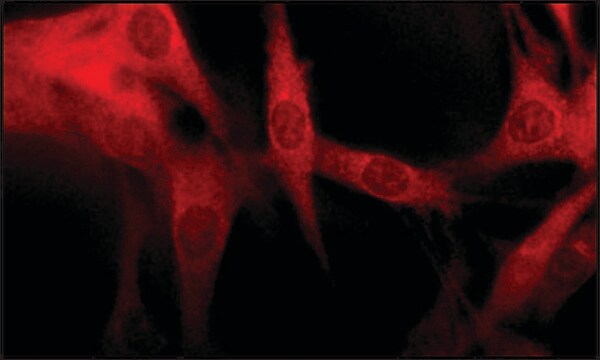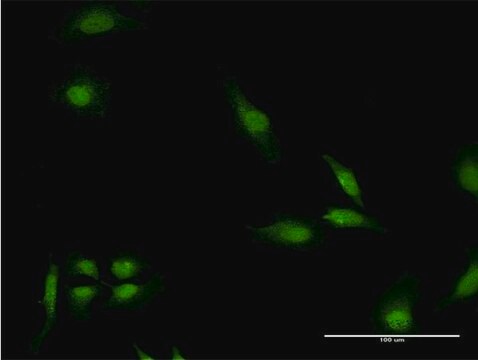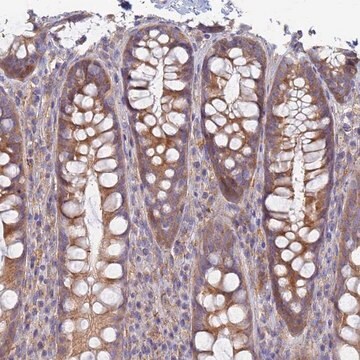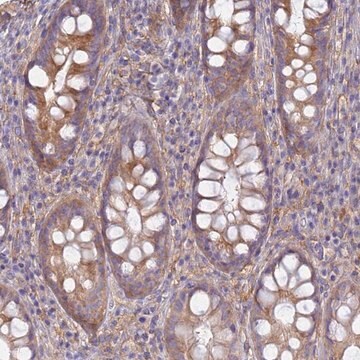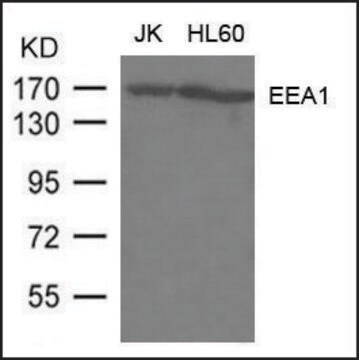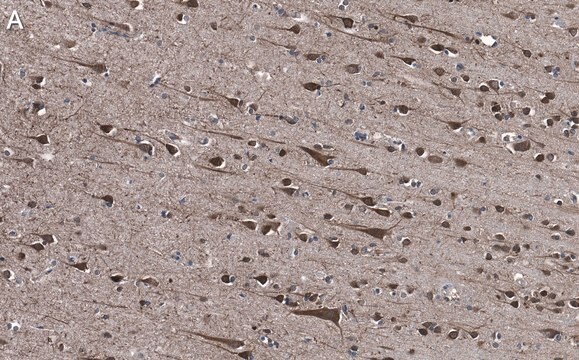おすすめの製品
由来生物
rabbit
結合体
unconjugated
抗体製品の状態
affinity isolated antibody
抗体製品タイプ
primary antibodies
クローン
polyclonal
フォーム
buffered aqueous solution
分子量
antigen ~160 kDa
交差性
mouse, human, rat
濃度
~1 mg/mL
テクニック
indirect immunofluorescence: 5-10 μg/mL using human HeLa and rat NRK cells
western blot (chemiluminescent): 0.4-0.8 μg/mL using whole extract of mouse NIH-3T3 cells
UniProtアクセッション番号
輸送温度
dry ice
保管温度
−20°C
ターゲットの翻訳後修飾
unmodified
遺伝子情報
human ... EEA1(8411)
mouse ... Eea1(216238)
rat ... Eea1(314764)
詳細
免疫原
アプリケーション
生物化学的/生理学的作用
物理的形状
免責事項
適切な製品が見つかりませんか。
製品選択ツール.をお試しください
保管分類コード
10 - Combustible liquids
WGK
WGK 3
引火点(°F)
Not applicable
引火点(℃)
Not applicable
個人用保護具 (PPE)
Eyeshields, Gloves, multi-purpose combination respirator cartridge (US)
適用法令
試験研究用途を考慮した関連法令を主に挙げております。化学物質以外については、一部の情報のみ提供しています。 製品を安全かつ合法的に使用することは、使用者の義務です。最新情報により修正される場合があります。WEBの反映には時間を要することがあるため、適宜SDSをご参照ください。
Jan Code
E4156-VAR:
E4156-BULK:
IXO13181:
E4156-200UL:
E4156-25UL:
ライフサイエンス、有機合成、材料科学、クロマトグラフィー、分析など、あらゆる分野の研究に経験のあるメンバーがおります。.
製品に関するお問い合わせはこちら(テクニカルサービス)